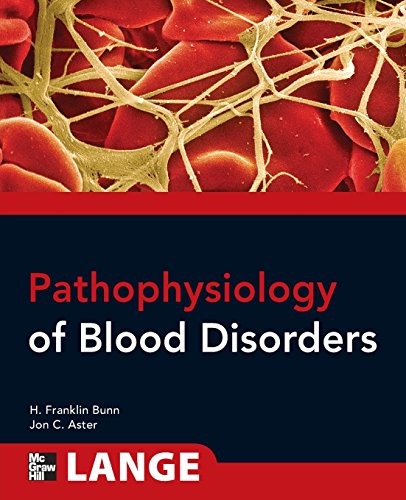

Most ebook files are in PDF format, so you can easily read them using various software such as Foxit Reader or directly on the Google Chrome browser.
Some ebook files are released by publishers in other formats such as .awz, .mobi, .epub, .fb2, etc. You may need to install specific software to read these formats on mobile/PC, such as Calibre.
Please read the tutorial at this link: https://ebookbell.com/faq
We offer FREE conversion to the popular formats you request; however, this may take some time. Therefore, right after payment, please email us, and we will try to provide the service as quickly as possible.
For some exceptional file formats or broken links (if any), please refrain from opening any disputes. Instead, email us first, and we will try to assist within a maximum of 6 hours.
EbookBell Team

0.0
0 reviewsA concise full-color review of the mechanisms of blood diseases and disorders – based on a Harvard Medical School hematology course
2015 Doody's Core Title!
4 STAR DOODY'S REVIEW!
"This is a superb book. Deceptively small, yet packs a wallop. The emphasis on principles instead of practice is welcome....The text is clear, concise, and surprisingly approachable for what could have been a very dense and dry discussion. I could not put this book down and read it entirely in one sitting. When was the last time anyone found a hematology textbook so riveting?"--Doody's Review Service
Hematological Pathophysiology is a well-illustrated, easy-to-absorb introduction to the physiological principles underlying the regulation and function of blood cells and hemostasis, as well as the pathophysiologic mechanisms responsible for the development of blood disorders. Featuring a strong emphasis on key principles, the book covers diagnosis and management primarily within a framework of pathogenesis.
Authored by world-renowned clinician/educators at Harvard Medical School, Hematological Pathophysiology features content and organization based on a hematology course offered to second year students at that school. The book is logically divided into four sections: Anemias and Disorders of the Red Blood Cell, Disorders of Hemostasis and Thrombosis, Disorders of Leukocytes, and Transfusion Medicine; it opens with an important overview of blood and hematopoietic tissues.
Features